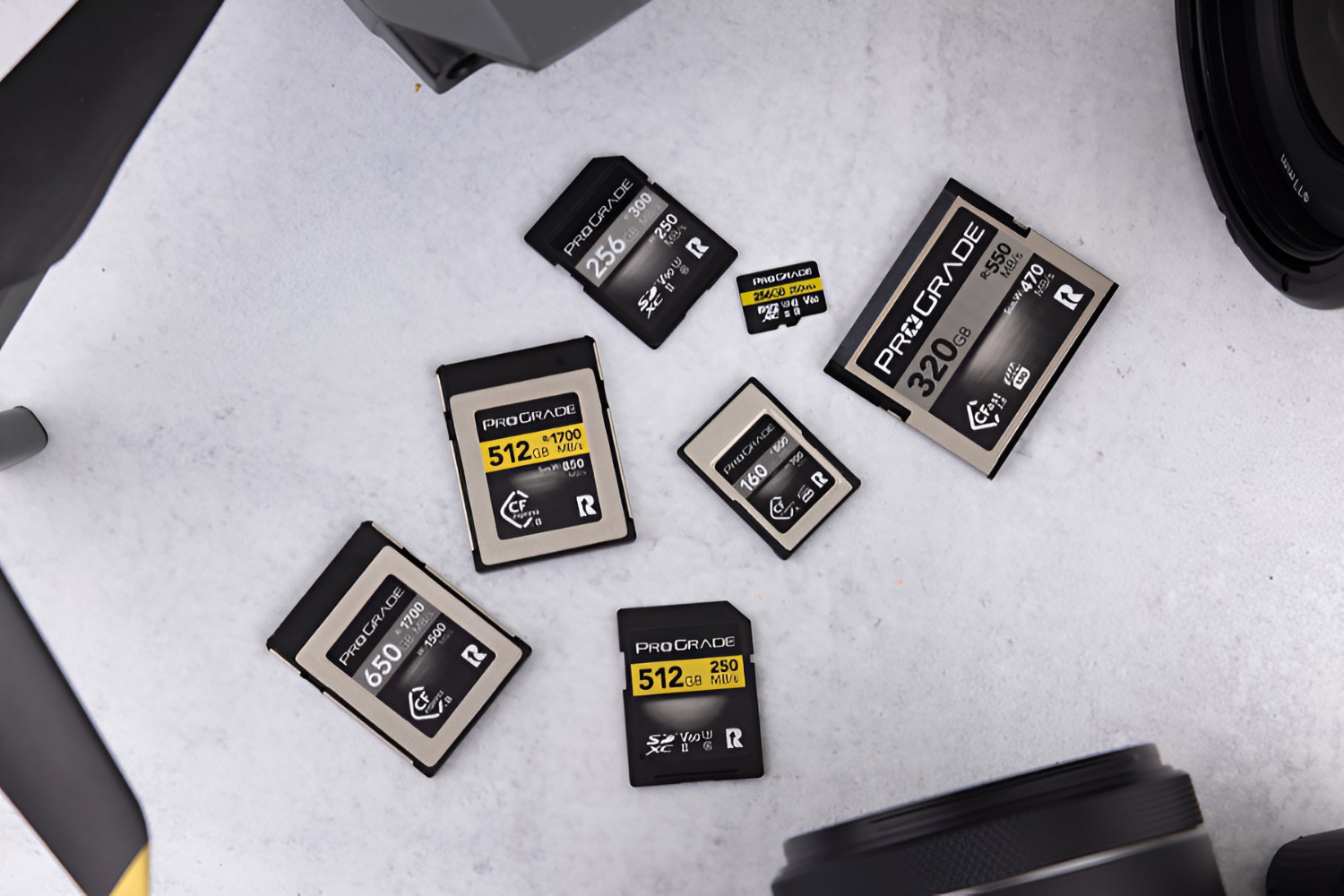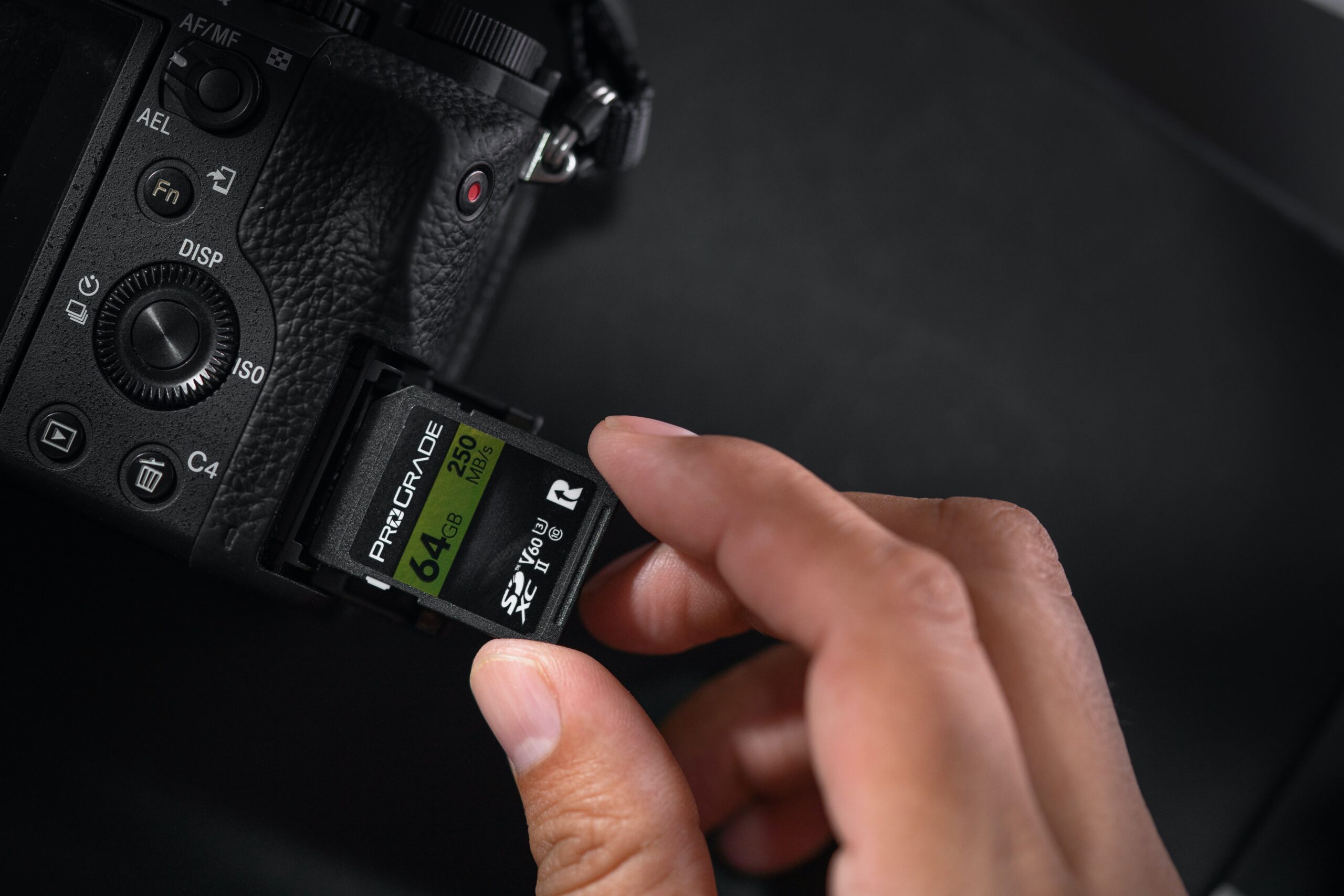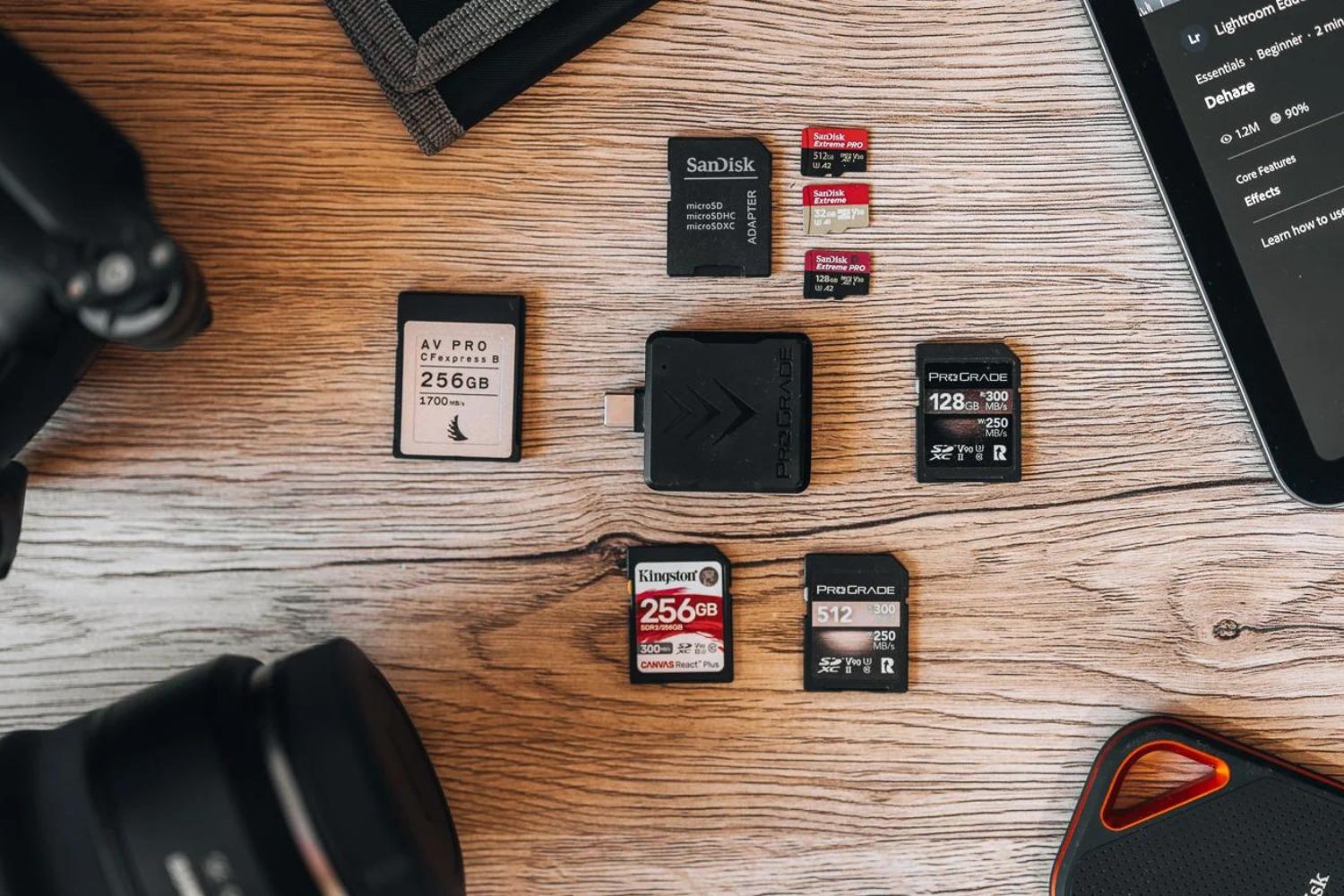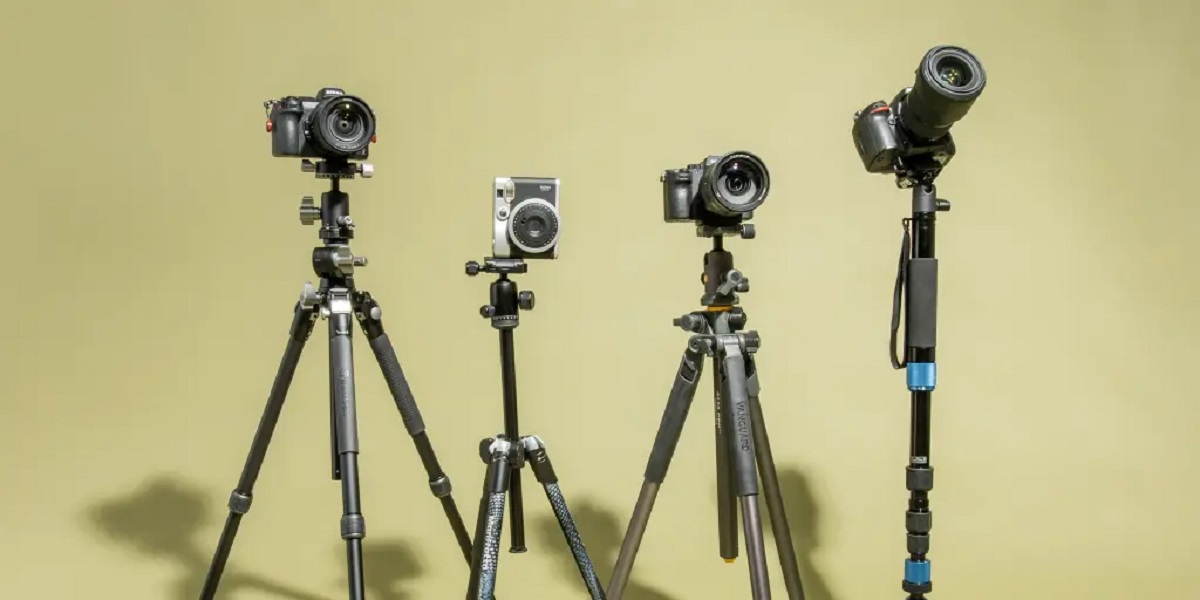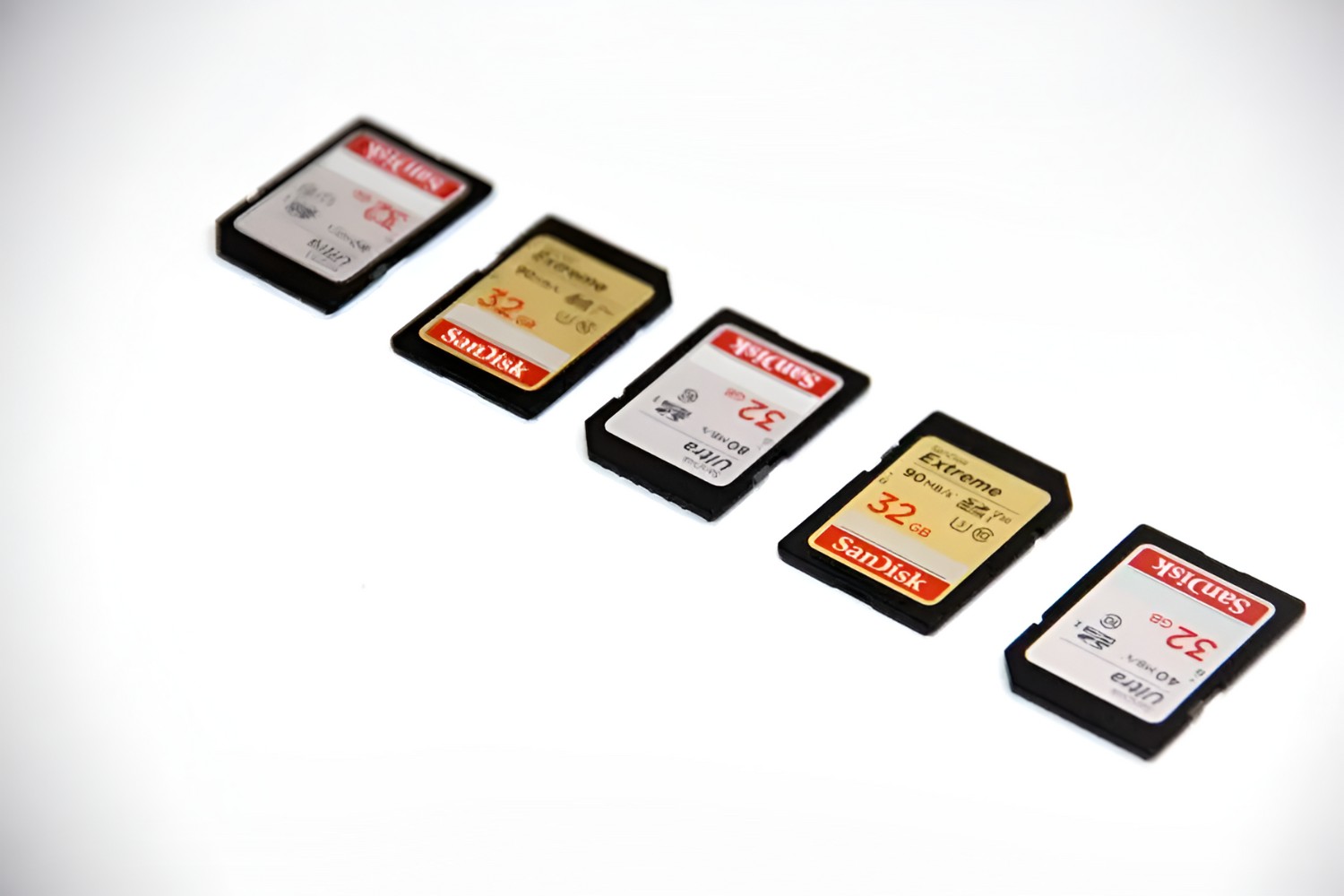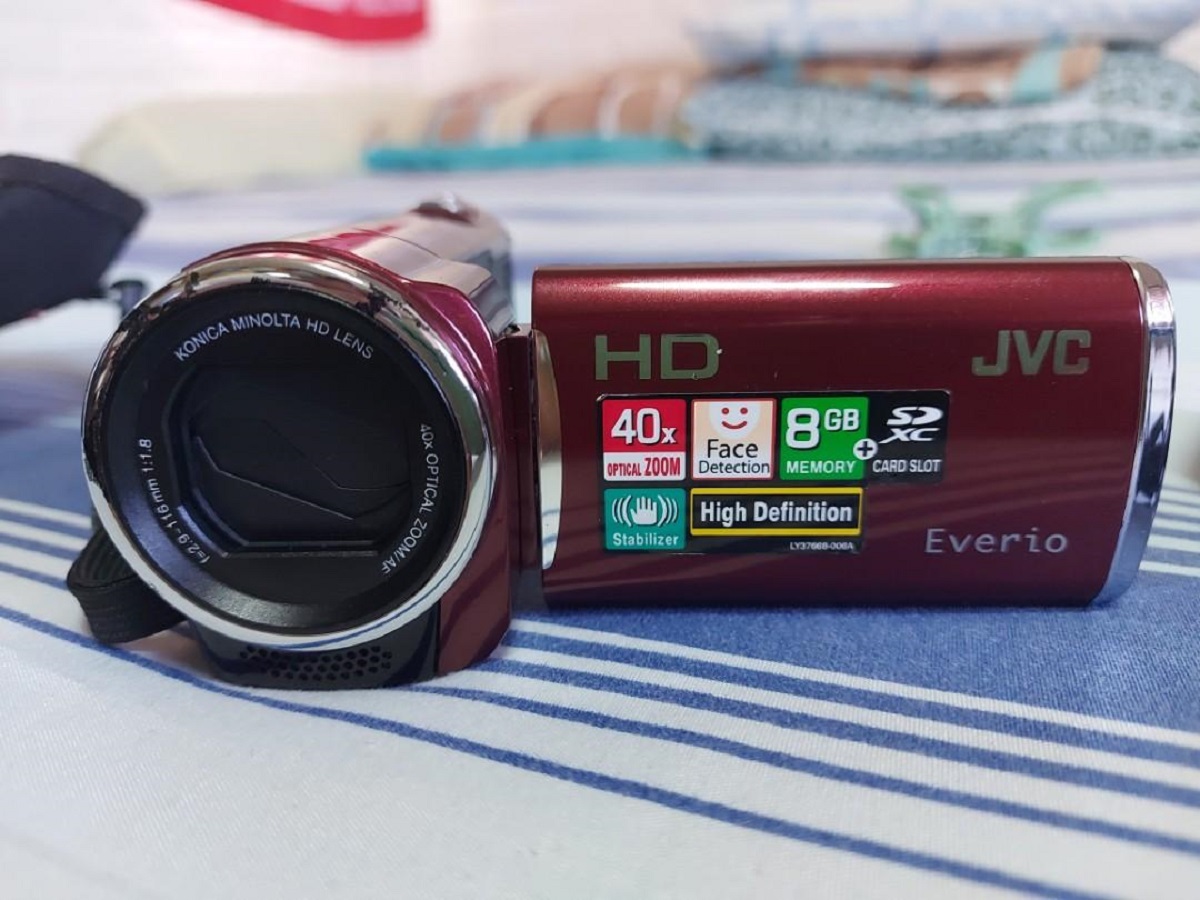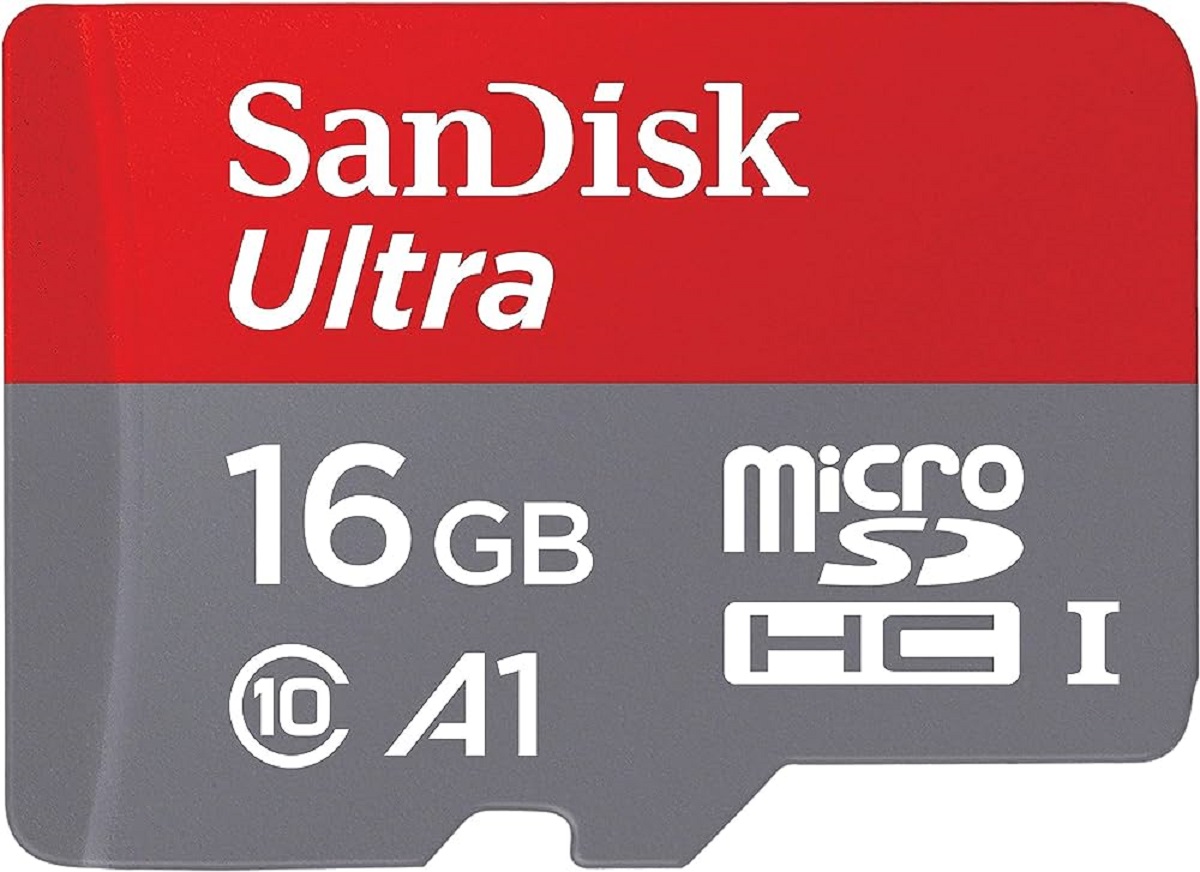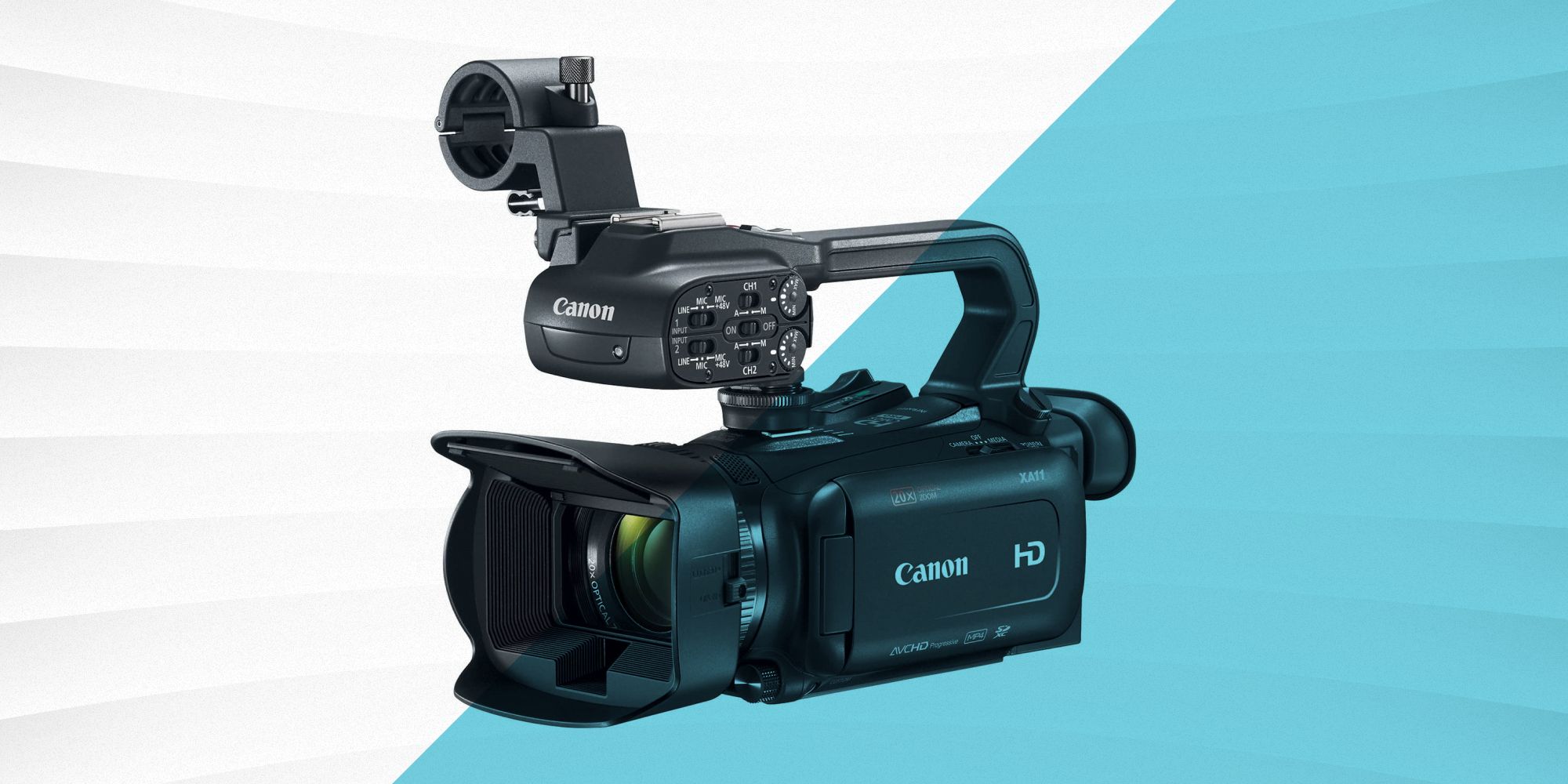Introduction
When it comes to capturing life's precious moments with your high-definition camcorder, choosing the right SD card is crucial for ensuring smooth and uninterrupted recording. With a myriad of options available in the market, selecting the most suitable SD card can be a daunting task. However, understanding the key factors such as card types, speed class ratings, capacity, and compatibility will empower you to make an informed decision.
In this comprehensive guide, we will delve into the intricacies of SD cards, shedding light on the various types, speed class ratings, and capacity considerations. Furthermore, we will explore the significance of compatibility between your HD camcorder and the SD card, ultimately equipping you with the knowledge needed to select the perfect SD card for your recording needs.
Whether you are a seasoned videographer or an amateur enthusiast, this guide aims to demystify the world of SD cards, enabling you to optimize your recording experience and preserve your cherished memories with confidence. So, let's embark on this enlightening journey to unravel the secrets of choosing the ideal SD card for your HD camcorder.
Understanding SD Card Types
SD cards come in various types, each designed to cater to specific storage and performance needs. The most common types include Secure Digital (SD), Secure Digital High Capacity (SDHC), and Secure Digital Extended Capacity (SDXC) cards.
SD Cards: These are the standard SD cards with a storage capacity of up to 2GB. While they are suitable for standard-definition recording, their limited capacity may not suffice for HD camcorders.
SDHC Cards: With a storage capacity ranging from 4GB to 32GB, SDHC cards are well-suited for HD recording, offering ample space to store high-quality videos without frequent card changes.
SDXC Cards: Designed for professional-grade recording, SDXC cards boast a minimum capacity of 64GB, going up to a staggering 2TB. Their high capacity makes them ideal for extended HD and 4K video capture, ensuring that you never run out of storage space during critical moments.
Understanding the distinctions between these SD card types is essential for selecting the appropriate one that aligns with your recording requirements. Whether you opt for the standard SD, the high-capacity SDHC, or the extensive storage offered by SDXC, choosing the right type sets the foundation for a seamless and efficient recording experience.
Speed Class Ratings
When it comes to recording high-definition videos, the speed class rating of an SD card plays a pivotal role in ensuring smooth and uninterrupted performance. Speed class ratings indicate the minimum sustained write speed necessary for recording video footage, making them a critical factor in the selection process.
The most common speed class ratings for SD cards are denoted by the symbols – Class 2, Class 4, Class 6, and Class 10. Additionally, the UHS Speed Class (UHS-I and UHS-II) and Video Speed Class (V6, V10, V30, V60, V90) offer further insights into the card’s performance capabilities.
Class 2: This class guarantees a minimum write speed of 2MB/s, suitable for standard-definition video recording.
Class 4: With a minimum write speed of 4MB/s, Class 4 cards are capable of handling HD video recording and are a budget-friendly option for casual videographers.
Class 6: Offering a minimum write speed of 6MB/s, Class 6 cards are ideal for continuous HD recording, ensuring seamless capture of high-quality footage.
Class 10: Boasting a minimum write speed of 10MB/s, Class 10 cards are the preferred choice for Full HD and 4K video recording, delivering superior performance and reliability.
UHS Speed Class and Video Speed Class further enhance the performance benchmarks, catering to the demands of professional videographers and enthusiasts seeking top-tier recording capabilities. Understanding the speed class ratings empowers you to select an SD card that aligns with your recording needs, ensuring that your HD camcorder operates at its full potential without any compromise in video quality.
Capacity
The capacity of an SD card is a critical consideration, especially when recording high-definition video content. It determines the amount of data the card can store, directly impacting the recording duration and the number of videos that can be captured before the card needs to be replaced or the footage transferred to another storage device.
When assessing the capacity of an SD card, it’s essential to strike a balance between sufficient storage space and practicality. For HD camcorders, the storage capacity required depends on the video resolution, bit rate, and the duration of recording sessions.
For example, a Full HD video recorded at 1080p resolution and a standard bit rate of 10 Mbps will consume approximately 4.5GB of storage per hour. Therefore, a 32GB SDHC card can comfortably accommodate over 7 hours of continuous recording at this setting, offering ample storage for extended shooting sessions without the need for frequent card changes.
On the other hand, if you’re capturing 4K ultra-high-definition footage with a higher bit rate, the storage requirements increase significantly. A 64GB or 128GB SDXC card becomes a more suitable choice, providing the necessary capacity to store high-quality 4K videos without running out of space.
It’s important to consider the maximum capacity supported by your HD camcorder as well. While SDXC cards offer expansive storage options, ensuring compatibility with your specific device is crucial to avoid any potential issues.
By carefully evaluating the capacity requirements based on your recording preferences and the technical specifications of your HD camcorder, you can confidently select an SD card that offers the ideal balance of storage space and functionality, allowing you to capture and preserve your valuable moments without limitations.
Compatibility
Ensuring the compatibility between your HD camcorder and the SD card is paramount for seamless and reliable performance. While SD, SDHC, and SDXC cards share the same physical dimensions, not all devices support the higher capacity SDHC and SDXC cards. Therefore, it’s essential to verify the compatibility of your camcorder with the specific type and capacity of the SD card you intend to use.
One of the primary compatibility factors to consider is the maximum supported capacity of the camcorder. Some older models may only be compatible with SD cards, limiting the storage capacity and the duration of video recording sessions. In contrast, newer HD camcorders often support SDHC and SDXC cards, providing greater flexibility in terms of storage options.
Additionally, the speed class rating of the SD card should align with the camcorder’s recording capabilities. For instance, if your HD camcorder is capable of capturing 4K videos at a high bit rate, opting for a Class 10 or higher speed class SD card ensures that the card can keep up with the data transfer requirements, preventing buffering issues and recording interruptions.
Moreover, some advanced camcorders may feature UHS-I or UHS-II compatibility, allowing for even faster data transfer speeds when using compatible UHS speed class SD cards. This enables smoother recording of high-bitrate videos and facilitates quicker file transfers to external storage devices or computers.
Before purchasing an SD card for your HD camcorder, it’s advisable to consult the camcorder’s user manual or visit the manufacturer’s website to verify the recommended SD card types, capacities, and speed class ratings that are compatible with your specific model. Doing so eliminates the risk of encountering compatibility issues and ensures that the SD card seamlessly integrates with your camcorder, enabling you to fully leverage its recording capabilities without any technical constraints.
Conclusion
Choosing the right SD card for your HD camcorder is a decision that significantly impacts your recording experience and the preservation of precious moments. By understanding the nuances of SD card types, speed class ratings, capacity considerations, and compatibility factors, you can make an informed choice that aligns with your specific recording needs and the technical requirements of your camcorder.
When evaluating SD card types, the distinctions between standard SD, high-capacity SDHC, and extensive storage SDXC cards provide valuable insights into the suitable options for different recording scenarios. Assessing the speed class ratings empowers you to select a card that can seamlessly handle the demands of HD and 4K video recording, ensuring smooth performance and reliable data transfer. Moreover, the capacity of the SD card plays a crucial role in determining the duration of recording sessions and the number of videos that can be stored, necessitating a careful balance between storage space and practicality.
Furthermore, ensuring compatibility between your HD camcorder and the selected SD card is essential for achieving uninterrupted recording and seamless integration. Verifying the maximum supported capacity, speed class compatibility, and any specific requirements outlined by the camcorder’s manufacturer mitigates the risk of encountering technical issues and ensures a harmonious synergy between the SD card and the recording device.
By leveraging the insights provided in this guide, you are equipped to navigate the diverse array of SD card options with confidence, enabling you to make a well-informed decision that optimizes your recording capabilities and enhances your overall videography experience. Whether you’re capturing life’s extraordinary moments or embarking on professional video projects, the right SD card serves as a reliable companion, empowering you to preserve memories and unleash your creativity without limitations.







